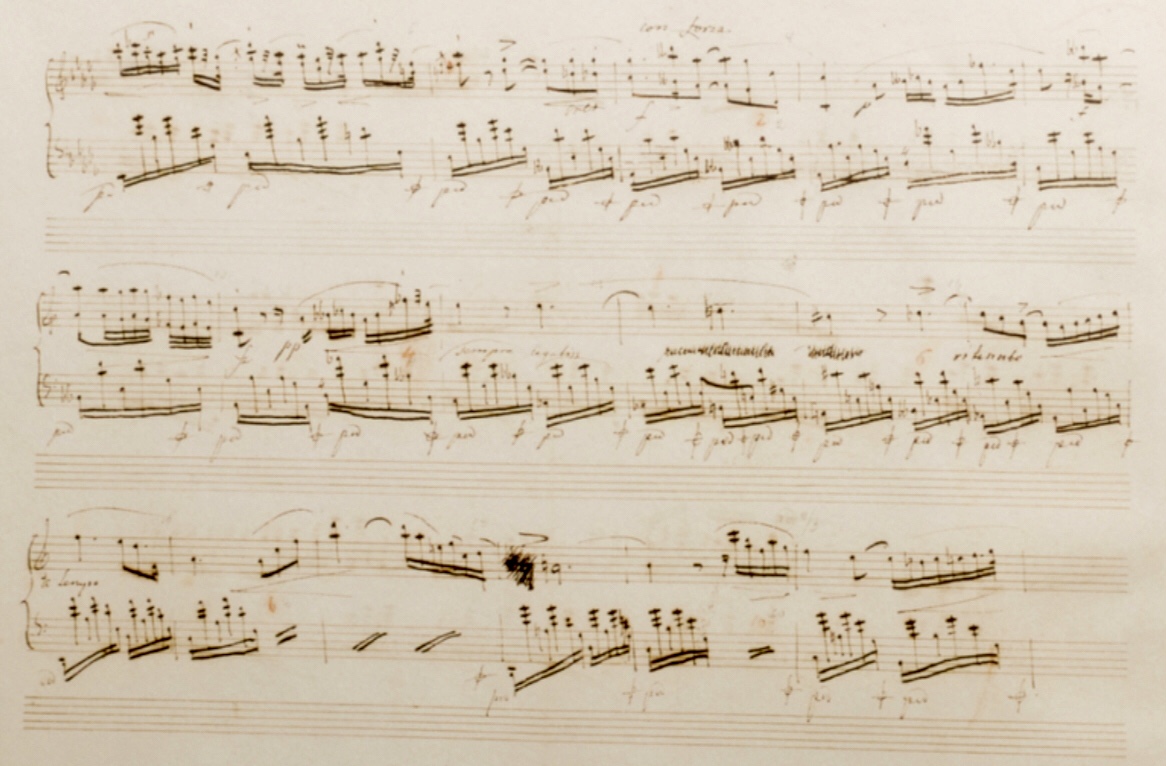
Chopin prescribes the pedal very precisely.
In addition to the information present in detail in his manuscripts, there are also testimonies, collected among others by musicologist Jean-Jacques Eigeldinger in his book "Chopin seen by his students", which shows the indications that Chopin gave to his students also on the use of the pedal in his music.
From these indications it is evident that Chopin changed the use of the pedal according to the pupil he had in front of him, because clearly not all the pupils had the same level and were able to manage the pedal in a certain way.
The original edition of the Nocturne in D flat major Op. 27 N. 2 (Henle Verlag) shows on the last page at bar 66, a very long pedal, which I believe is still possible to respect on today's pianos.
Chopin prescribes that the entire final part of this Nocturne remains wrapped in the same pedal. The long note of the bass must envelop everything, even mixing the harmonies.
Chopin's idea is in fact to create a sound enchantment that must be suspended and blurred, and not transparent and clear.
Changing the pedal here at each harmony would therefore be spoiling, it would make you lose the magic obtained precisely from the delicate overlapping of dissonances.
This effect of overlapping and slightly stained dissonances is obtained thanks to the use of the pedal itself, which superimposes the long low note of D flat to the change of different harmonies.
Chopin prescribes the use of the pedal for very specific poetic reasons.
The use of modern instruments does not allow us today to always respect the original indications of the pedal, and we are therefore not obliged to do so.
But it is certainly very useful to ask ourselves the reason for these indications, to understand the poetic idea behind it, which even the study of the resonance pedal can communicate to us.
Photo: Chopin Nocturne Op. 27 N. 2 Autograph Manuscript